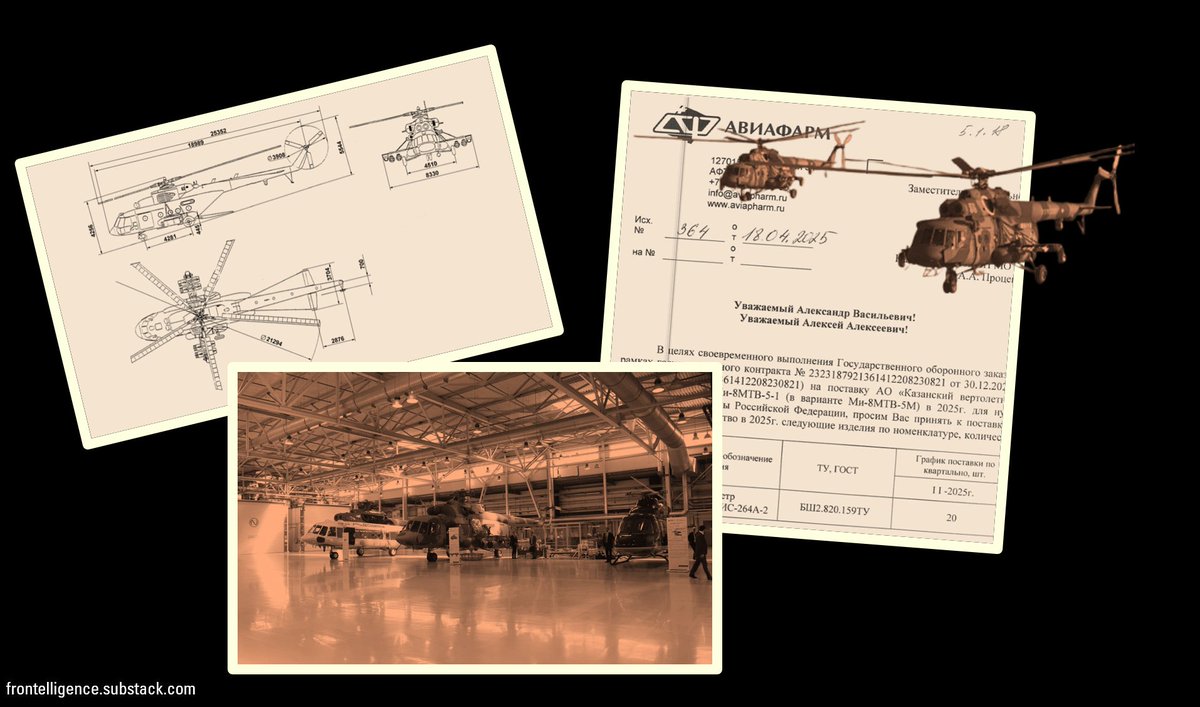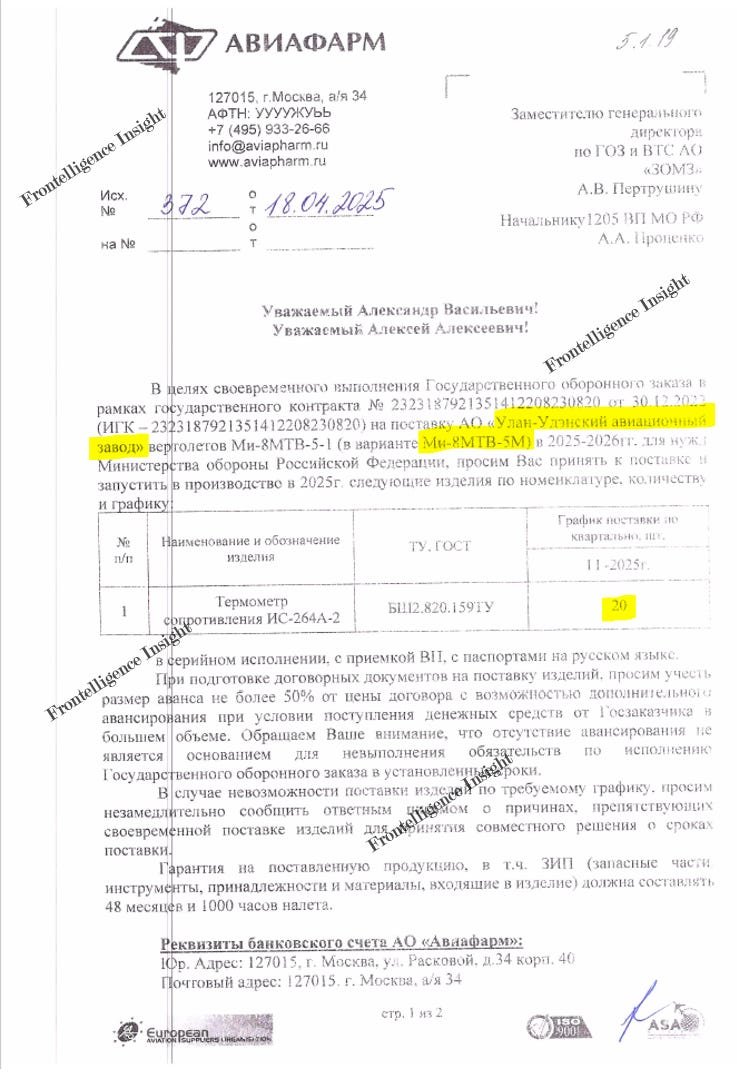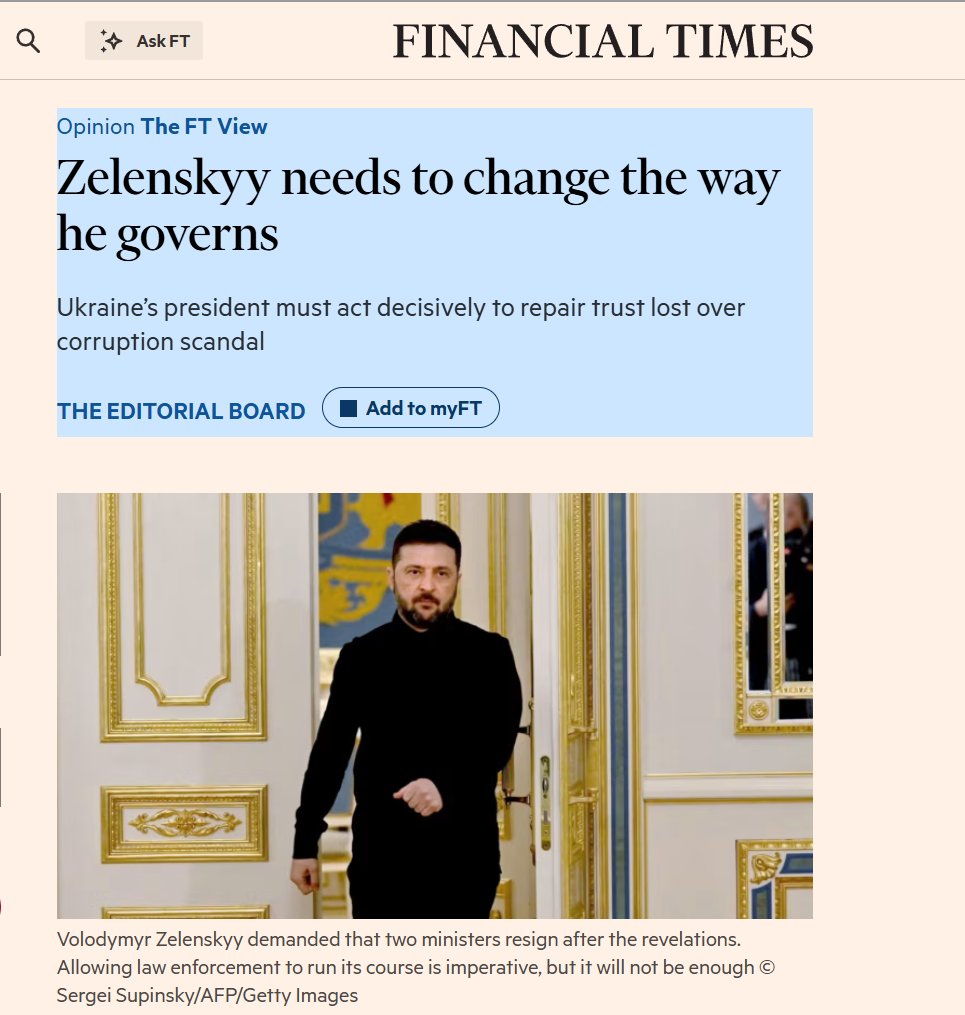Latest on Avdiivka and Helicopters Operations. 🧵Thread
1/ By late 2023, Frontelligence Insight noted a stabilized situation in Avdiivka. However, recent developments have worsened the situation for Ukrainian troops, especially in the southern residential area
1/ By late 2023, Frontelligence Insight noted a stabilized situation in Avdiivka. However, recent developments have worsened the situation for Ukrainian troops, especially in the southern residential area

2/ While the northern part of Avdiivka is shielded by the AKHZ (industrial buildings), the southern area is comprised of one to two-story houses susceptible to artillery fire. If unable to capture the area, russians erase it with artillery, deploy infantry, and seize the rubble.
3/ The visible artillery strikes, moving from the outskirts to residential areas, indicate the shift. Eventually, the damage makes defense challenging. The same problem extends to nearby multi-story apartment buildings targeted by previous Russian FAB hits. 

4/ The situation on the flanks remains more stable, enabling Ukrainian forces to defend Avdiivka. Sattelite imagery shows a continued shift of artillery fire north of Avdiivka, targeting areas near Stepove, Berdychi, Novobakhmutivka, and Novokalynivka 

5/ In summary, Avdiivka's situation has worsened due to limited artillery ammo, a decrease in counter-battery fire, and a lack of reinforcements. Russia exploits these gaps, leveraging its personnel and ammo numbers advantage.
6/ Resurgence of Helicopter Operations
Our team previously identified a FARP (Forward Arming and Refueling Point) helicopter base in Strilkove. Following Ukraine's ATACMS strikes on airfields in Luhansk and Berdyansk, the base was abandoned and remained unused until recently.
Our team previously identified a FARP (Forward Arming and Refueling Point) helicopter base in Strilkove. Following Ukraine's ATACMS strikes on airfields in Luhansk and Berdyansk, the base was abandoned and remained unused until recently.

7/ Recent imagery from January 2024 reveals the presence of Russian helicopters at the base. Analysis over multiple days indicates that Russians keep no more than 3-4 helicopters at a time. Additionally, the helicopters appear to be more dispersed 

8/ We continue to emphasize the need for a sufficient supply of weaponry to Ukraine to achieve a shift in the balance of power. Small numbers provide a short-term advantage, with operational success possible under the right conditions, but the enemy uses this time to adapt.
9/ Kindly consider supporting us through BuyMeaCoffee, as our expenses rely solely on your public support, and maintaining quality without financing is still challenging for us.
Thank Youbuymeacoffee.com/frontelligence
Thank Youbuymeacoffee.com/frontelligence
• • •
Missing some Tweet in this thread? You can try to
force a refresh
















